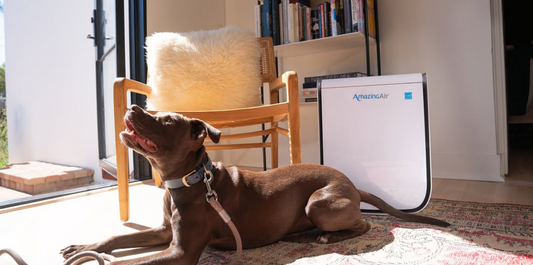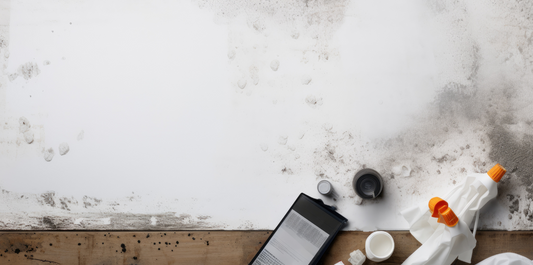The use of gas cookers feel normal in millions of homes, yet that familiar blue flame carries an invisible price. A recent EU-wide assessment links the nitrogen-dioxide (NO₂) pollution from household gas cookers to roughly 40 000 premature deaths every year across the EU and UK. That single figure—equal to the population of a sizeable market town—shows how a routine mealtime habit can undermine public health.
Why your gas burner matters
Natural gas looks clean, but every ignition releases a plume of NO₂, carbon monoxide, benzene and ultrafine particles. NO₂ takes centre stage because even short bursts inflame the airways; sustained exposure can trigger or worsen asthma, reduce lung growth in children and raise the risk of heart disease.
The World Health Organization advises an indoor 24-hour limit of 25 µg m⁻³ for NO₂. Yet monitoring in seven European countries shows that homes cooking with gas routinely exceed that level, and peak concentrations during dinner prep can rocket to twenty times the guideline.
Ventilation helps—but rarely solves the problem
Opening a window or switching on a recirculating extractor will dilute pollutants, but it seldom keeps NO₂ within safe bounds. Many extractor hoods filter grease yet return warm air back into the room. Even ducted models work only if you run them at high power while cooking and leave them on for several minutes afterwards—something most households skip.
Even with the window wide open, every twist of a gas knob releases more than heat. As mentioned above, each twist of the gas knob releases far more than heat. Kitchen NO₂ can climb so quickly that even diligent ventilators struggle to keep levels safe—one reason experts now link everyday gas cooking to tens of thousands of preventable deaths across Europe. Ventilation helps, but swapping the fuel or adding robust air cleaning is what closes the gap.
Three practical fixes you can start this year
1. Shift everyday tasks to plug-in electrics

2. Fit a ducted extractor—or upgrade the one you have
2. Clean the air you keep
A portable purifier with a deep activated-carbon bed will adsorb NO₂, while a true HEPA filter traps smoke and particles. AmazingAir uses a three-stage setup—pre-filter, Carbon / Gas Trap VOC layer, and UltraHEPA™—so you get to remove particles as little as particle as little as 0.003 of a micron in one quiet unit, with fewer filter changes overall.

Why policy matters, too
Indoor air remains much less regulated than outdoor pollution, yet the HIA flags gas-cooker NO₂ as a health burden on a par with more familiar environmental hazards. Crucially, just eight countries— the United Kingdom, France, Italy, Poland, Romania, the Netherlands, Spain and Hungary—account for roughly 90 % of the deaths, years of life lost and asthma linked to gas cooking. The authors argue that focusing policy on those nations would cut most of the harm. They recommend government incentives such as tax rebates or subsidies to help households switch to cleaner cookers, backed by information campaigns and minimum-performance standards for cooker hoods.
A small switch, a big health gain
Gas has long been marketed as the chef’s choice, but modern evidence sees it as a health liability. Swapping a flame for electric heat—or at least pairing it with robust ventilation and serious air cleaning—protects every member of the household. One simple change can help cut the toll of gas-related illness and make kitchens across Europe cleaner and safer.




